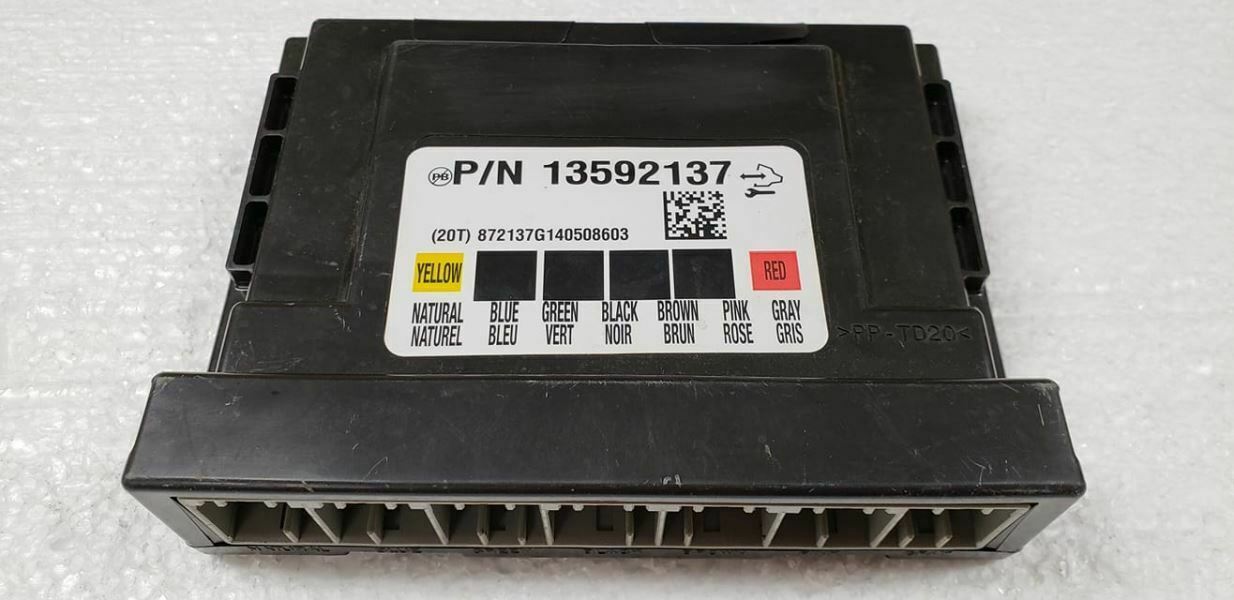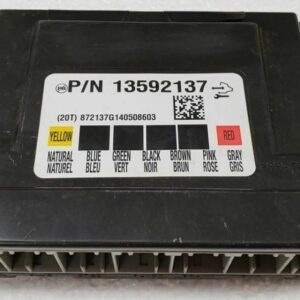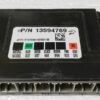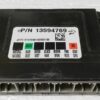Restore Your Tahoe’s Electrical System with a Hassle-Free Solution
If you’re dealing with bizarre electrical issues in your 2015 Chevrolet Tahoe—like flickering lights, a radio that has a mind of its own, power windows that won’t work, or even a frustrating no-start condition—you’ve likely pinpointed the culprit: a failing Body Control Module (BCM). As a technician with over two decades of experience, I’ve seen how a faulty BCM can turn a reliable SUV into a source of daily frustration. It’s the central command center for your vehicle’s body electronics, and when it fails, chaos ensues.
Replacing a BCM isn’t as simple as swapping out a battery. These modules are programmed specifically to your vehicle’s VIN and its unique set of options. A new module from the dealership requires expensive towing and specialized programming. Our solution bypasses that completely. We provide a fully tested, replacement 2015 Tahoe BCM that is programmed using the data from your original module. This cloning service ensures that when you receive the part back, it’s ready to install, restoring full functionality without the need for a trip to the dealer.
A Technician’s Notebook: The Case of the Haunted SUV
I remember a 2015 Tahoe rolling into my bay with a list of complaints that sounded like something from a ghost story. The dome lights would strobe randomly, the driver’s side window would only go down, not up, and the anti-theft light would flash, preventing the engine from cranking. The owner had already replaced the battery and checked all the fuses. After connecting my scan tool, I found a slew of communication error codes, primarily U0140 (Lost Communication With Body Control Module). This pointed directly to a failing 2015 Tahoe BCM. Instead of a costly new unit and hours of programming, a cloned module got him back on the road the next day with all gremlins banished. This is the exact, reliable fix we offer.
Common Signs of a Failing BCM
- ✔ Intermittent or non-functional power windows, locks, and mirrors.
- ✔ Erratic behavior from the radio, interior lights, or dashboard cluster.
- ✔ The security system light flashing, leading to a no-crank or no-start condition.
- ✔ False warnings appearing on the driver information center (e.g., “Service StabiliTrak”).
- ✔ Diagnostic Trouble Codes (DTCs) such as U0140, U0155, B1325, or B1001 stored in the system.
- ✔ Horn honking unexpectedly or wipers activating on their own.
Your Straightforward Installation Guide
Our cloning service makes the physical installation simple. Once you receive your programmed module, follow these steps. The BCM is typically located under the steering column.
- Safety First: Always disconnect the negative terminal from your vehicle’s battery before starting any electrical work.
- Locate the BCM: On your 2015 Tahoe, the BCM is found under the driver’s side dashboard, near the steering column. You may need to remove a lower dash panel for access.
- Disconnect Connectors: Carefully unplug all electrical connectors from the old BCM. They have locking tabs that need to be depressed. Do not force them.
- Remove the Old Module: Unbolt or unclip the original BCM from its mounting bracket and remove it from the vehicle.
- Install the Programmed Module: Mount your new, pre-programmed BCM in the same location. Reconnect all electrical connectors, ensuring they click securely into place.
- Reconnect Battery: Reattach the negative battery terminal.
- Test Functionality: Start the vehicle and test all body functions—windows, locks, lights, radio, etc.—to confirm the repair.
Important Post-Installation Notes
While our programming handles the critical vehicle data, some onboard safety systems may require a handshake with the new BCM. Please be aware of the following:
- Airbag System Sync: If your airbag warning light is on after installation, a professional scan tool is needed to perform the ‘Setup SDM Primary Key in BCM’ procedure. This syncs the airbag system with the new BCM.
- Brake Pedal Position Relearn: In some cases, a brake pedal position sensor relearn may be required to ensure proper brake light and traction control operation.
Disclaimer: Vehicle systems can vary. We always recommend consulting a factory service manual or a qualified professional if you are unsure about any step.
Verified Vehicle Compatibility
This Body Control Module is a direct-fit replacement for several part numbers and is compatible with a wide range of GM vehicles. Please verify your part number is on this list: 13592137, 13506935, 13506936, 13587704, 13594764.
It is confirmed to fit the following models:
- 2015 Chevrolet Corvette
- 2015-2016 Chevrolet Impala (New Style)
- 2015-2018 Chevrolet Sonic
- 2015 Chevrolet Silverado 1500, 2500, 3500
- 2015 Chevrolet Suburban 1500
- 2015 Chevrolet Tahoe
- 2015 GMC Sierra 1500, 2500, 3500
- 2015 GMC Sierra Denali 1500, 2500, 3500
- 2015 GMC Yukon & Yukon XL 1500
- 2015 Cadillac ATS, CTS, XTS
- 2015 Cadillac Escalade & Escalade ESV
- 2016 Cadillac ATS, CTS (ID 13587704)
Frequently Asked Questions
How does the programming service work?
It’s simple! After you place your order, we will contact you with instructions to ship your original BCM to us. Once we receive it, our technicians will transfer the vehicle-specific data to the replacement module. We then ship the ready-to-install BCM back to you, typically within 1-2 business days.
Do I need to send my original BCM? Why?
Yes, sending your original module is required. This allows us to clone the essential programming, including your vehicle’s VIN, security information, and specific options. This process ensures the replacement module works seamlessly with your truck without needing dealer intervention.
Is there a core charge?
No, there is no core charge for this service. You can keep your original, non-functional module after we have completed the programming service.
Will this fix my specific problem?
This part resolves issues directly caused by a faulty BCM. If you are experiencing symptoms like erratic lights, window/lock failure, or communication error codes (like U0140), this is very likely the solution. Proper diagnosis is key to ensuring you’re replacing the correct part.
What tools are needed for the installation?
Basic hand tools are typically all that’s required for the physical swap, such as a socket set and trim removal tools for the dash panel. No programming tools are needed on your end, though a professional scan tool may be required for post-install relearn procedures like the airbag sync if the light appears.



